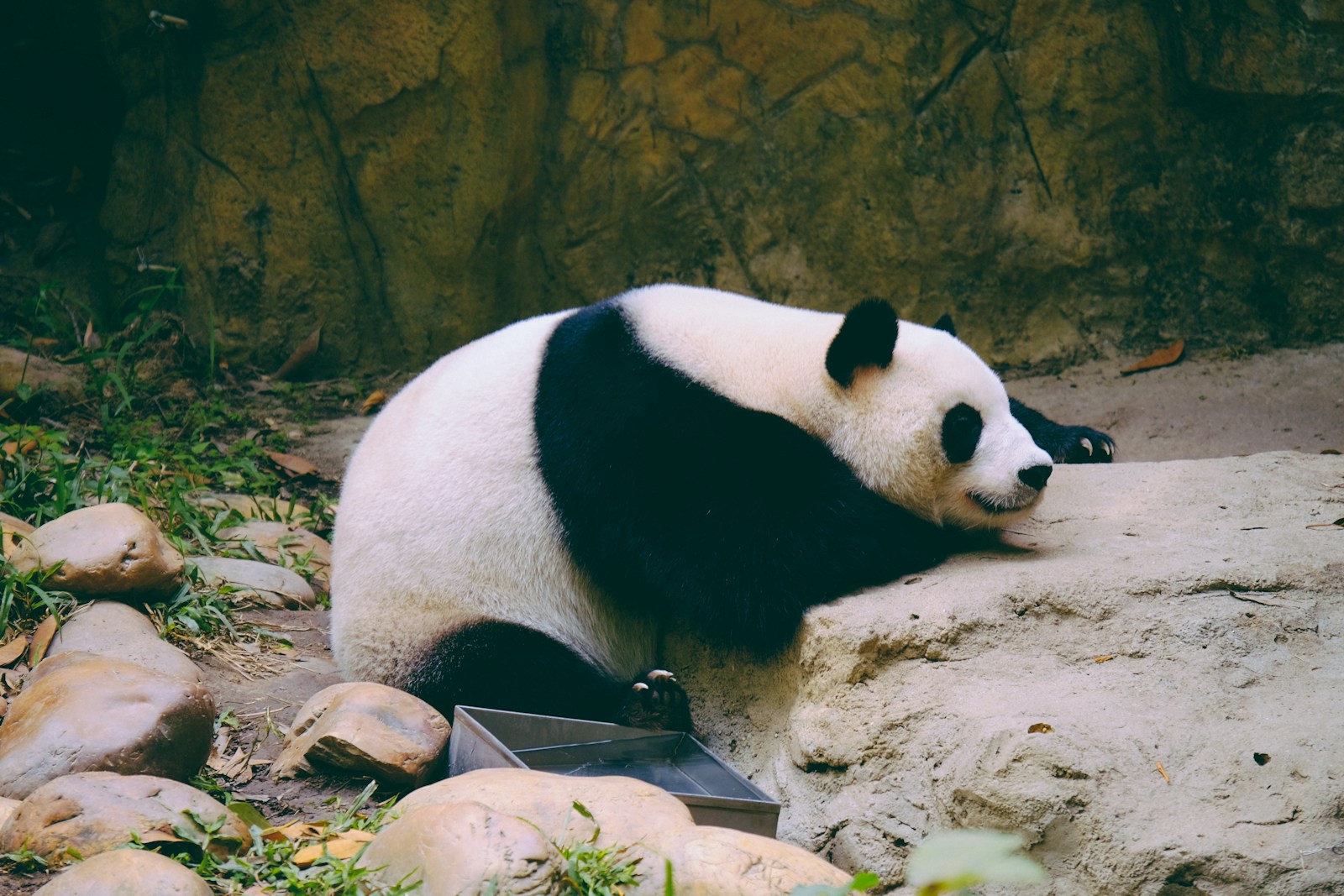
oso

bear
Bears are carnivoran mammals of the family Ursidae. They are classified as caniforms, or doglike carnivorans. Bears are found on the continents of North America, South America, Europe, and Asia.
Example sentences using: oso
Nunca he visto un oso.

I have never seen a bear.
This phrase introduces the student to the Present Perfect tense 'he visto' (I have seen) and the negative expression 'nunca'(never).
El oso es un animal grande y fuerte.

The bear is a big and strong animal.
This sentence is straightforward. It simply describes the bear as a big and strong animal, introducing the student to adjective placement in Spanish sentence structure.
El oso a menudo come miel.

The bear often eats honey.
This example phrase introduces the student to the concept of time frequency 'often' in Spanish 'a menudo.'
Me gusta el libro 'El Oso Pardo'.

I like the book 'The Brown Bear'.
This sentence illustrates how to express personal likes in Spanish using 'Me gusta'
Vi un oso en el bosque.

I saw a bear in the forest.
This phrase teaches the past tense of the verb 'ver' (to see) and introduces the noun for forest 'bosque'
El oso es muy peludo.

The bear is very hairy.
This sentence allows the student to learn the adjective 'peludo' (hairy), and how to intensify adjectives using 'muy'(very).
El oso vive en la montaña

The bear lives in the mountain.
The student learns the verb 'vive' (lives) and the noun 'montaña' (mountain) in this simple sentence.
El oso está durmiendo.

The bear is sleeping.
This sentence introduces the student to one of the progressive tenses in Spanish, specifically the Present Progressive tense 'está durmiendo' (is sleeping).
El oso pesa mucho.

The bear weighs a lot.
This sentence introduces the verb 'pesa' that means 'weighs' in Spanish. Also, it is another example of sentence construction in Spanish.
El oso cansado va a dormir.

The tired bear is going to sleep.
This example introduces the future tense in a daily life context, 'va a dormir' (is going to sleep) and an adjective 'cansado' (tired).